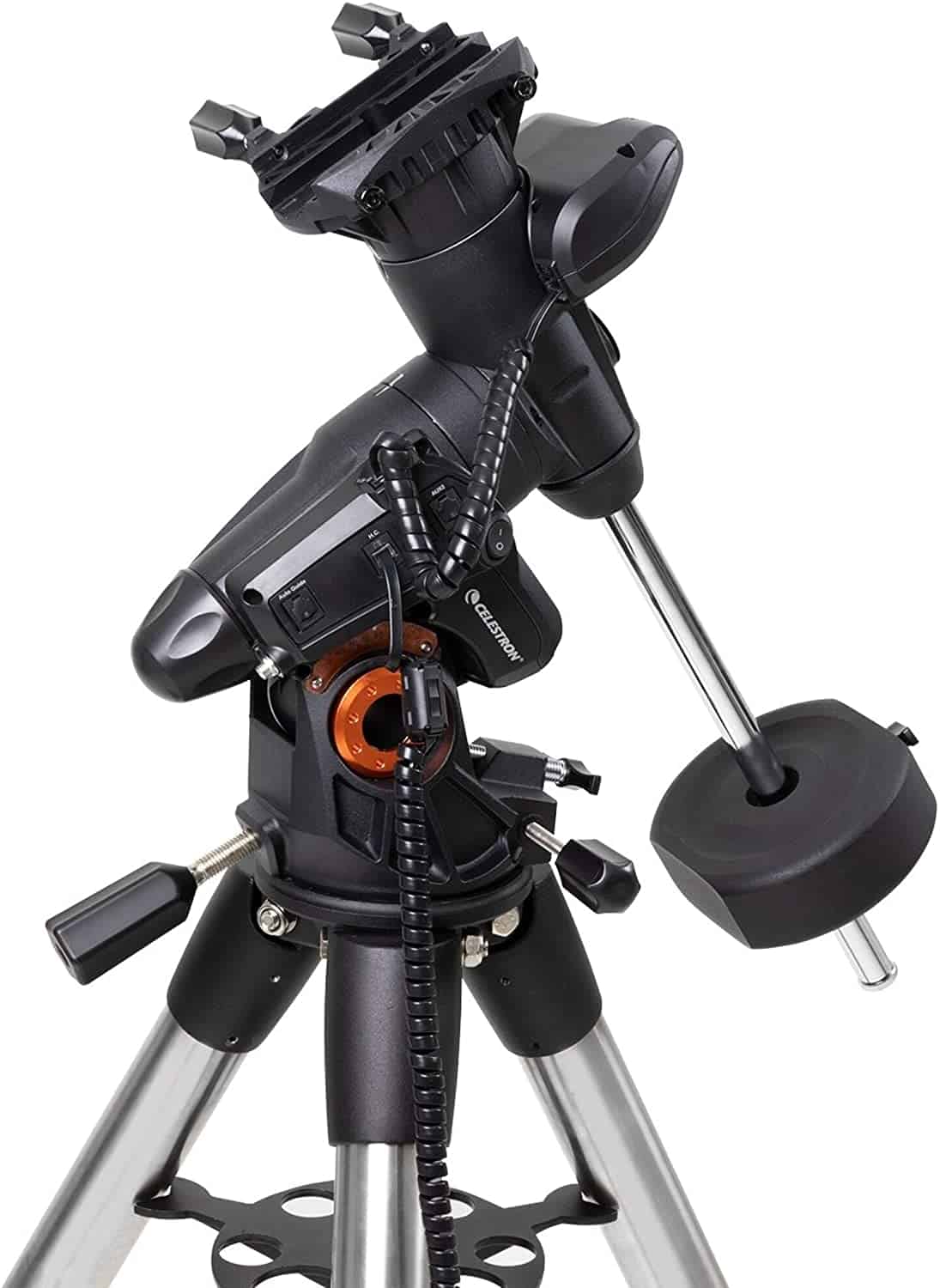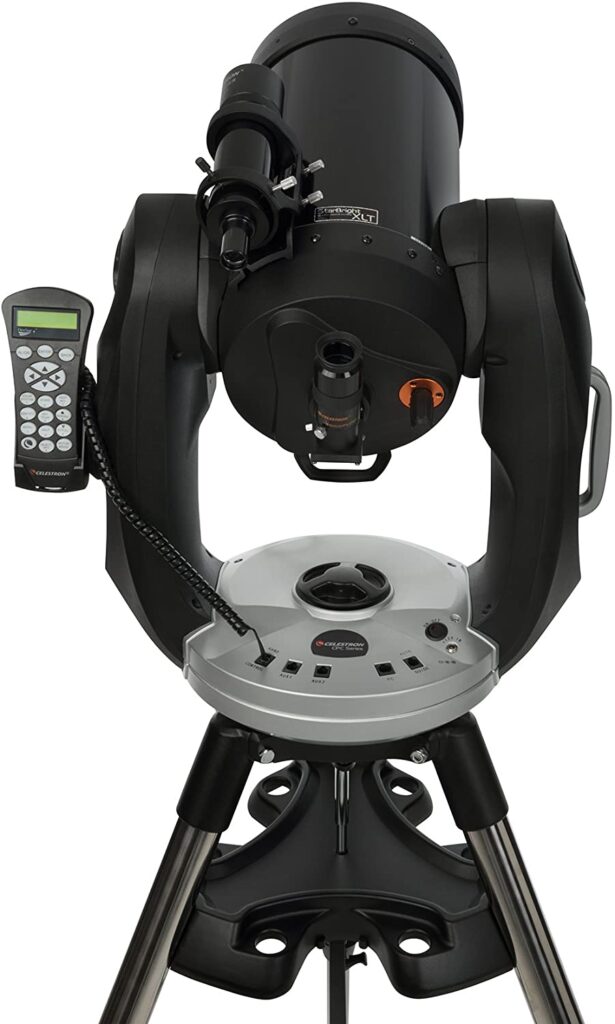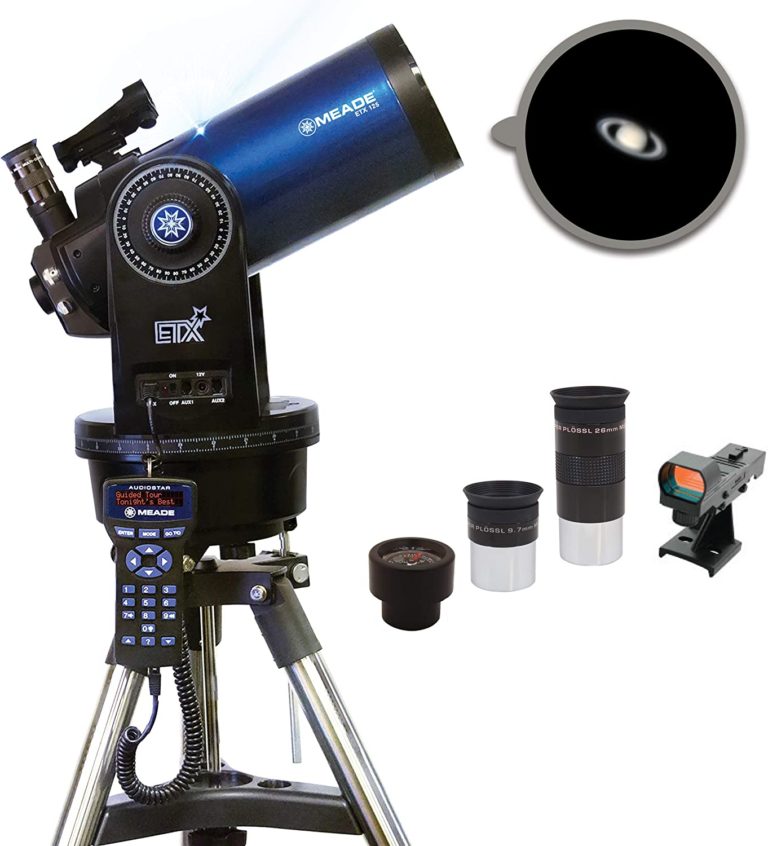

Even then, and still an activity of great fun, it takes some time and effort to set up the 8" CGEM. I am so glad that I went with the GEM type mount over the fork. I was tempted by the fork mounts and a larger SCT, but kept reminding myself that I am weight limited as to what I can carry without being in pain for the next few days (old bicycle accident, small frame, and getting older). So then I'm back to big Newtonian optics in the form of a Dob.Īs a newcomer (you have far more experience than me), my only advice would to consider weight and setup time. But then it's a small aperture and maybe wouldn't show detail so well. I think that up to about a 4" aperture telescope could probably be stuck on my sturdy photo tripod for quick looks. It's a Sigma 50-500mm f/4.5-6.3 APO DG OS HSM for my DSLR. I'm not sure I'm so discerning that the color cast of an achromat would bother me. So I start thinking about a smaller (up to 4"), simpler, refractor. And then if there's something in the way (tree, house, neighbor's security light, etc.) and you have to move the scope to see something else. How long does it really take to drag all that out, level it up, do the alignments, etc. So how good is the view through the eyepiece, really? And then there's the setup time. And they already have the slowest focal ratios. I haven't done all the math, but between central obstructions, coatings and surfaces, the typical SCT has lowest light transmission. Or maybe the same size SCT with a fork mount and plan to add a wedge later if the photo bug strikes. I'm tempted to get an SCT in the 8-10 inch range on an EQ mount. I don't plan to get into astrophotography in a big way, but it might be nice to try taking some shots here and there. Easy, quick setup and take-down is preferred.

I also don't spend a lot of time observing the night sky. A big, solid tube dob is pretty much off the list for storage reasons. The other considerations: I live in a small house without a lot of storage space. Primarily I am interested in looking through the eyepiece and I would like to see more details than I could with the 6" Newtonians. A Dob would likely be smoother, but generally there are still moving and tracking issues at high power. Moving those pipe mounted Newtonians around manually at high power to frame and track a planet can be tricky. But, I would like to see more detail in the planets.

They are hard to pick out in the light polluted skies where I am (Phoenix area, AZ). What I'm interested in looking at: Everything! Too vague, I know. Recently I sold the short Newt and mount with the thought that I wanted to get something else.
Best telescope for astrophotography review how to#
Both scopes taught me how to star hop and track objects manually. I made some modifications to my mount to make the scope more portable, but it never really traveled except for moving residences. It was a decent telescope, but the views were just never that inspiring. Later, in college, I bought a 6" f/5 Newtonian OTA and mounted it similar to my dad's simple, but handy mount.

And we saw a few good faint fuzzies with that scope. I remember watching the dark spots appear on Jupiter as Shoemaker-Levy 9 hit. It worked well and we saw some neat stuff in that scope. It was mounted on an alt-az pipe structure made of 2" galvanized pipe. Some history: I grew up with a telescope in the house. I'm looking for a nudge in a direction that will get me back into looking up. I'm familiar enough with telescopes to realize the problem, but it's also what has me stuck in analysis paralysis. There's not one that does everything well. I'm familiar with this kind of question from motorcycle forums - replace telescope with motorcycle and you'll get the idea.


 0 kommentar(er)
0 kommentar(er)
